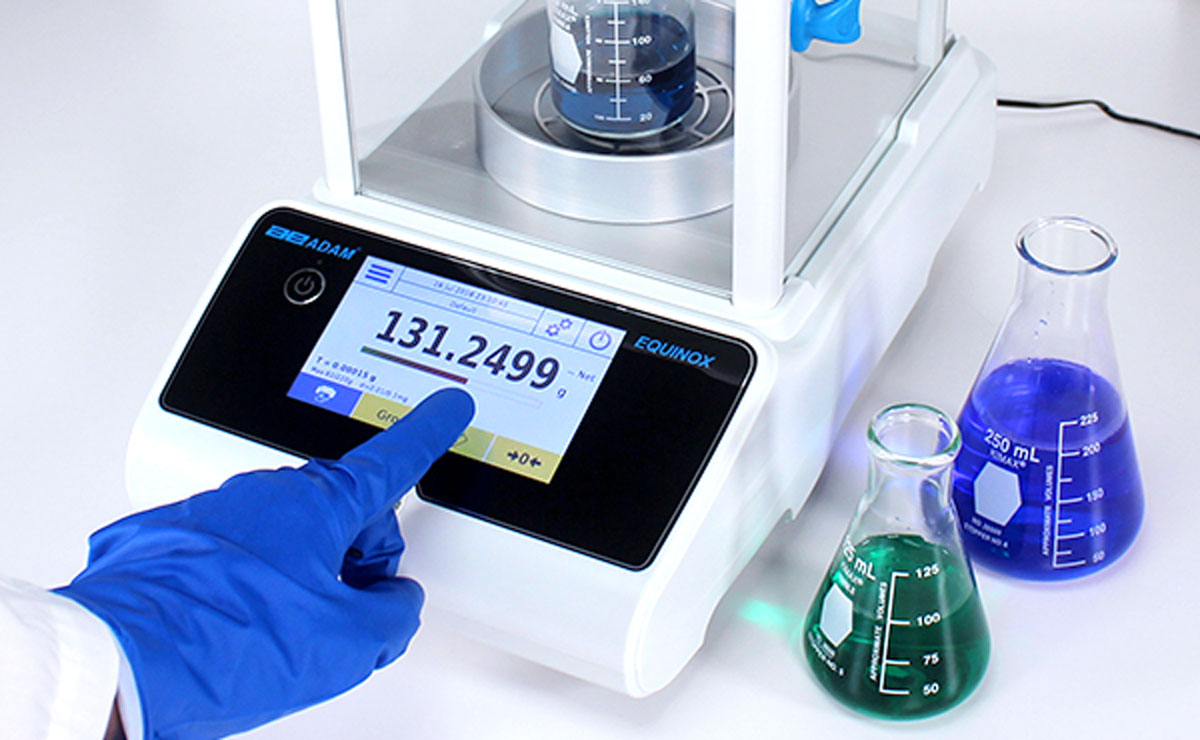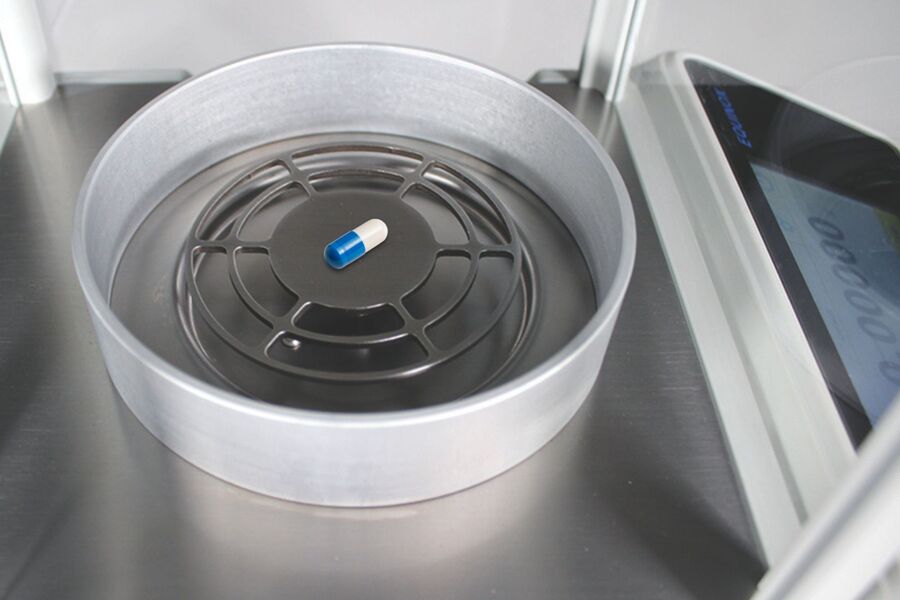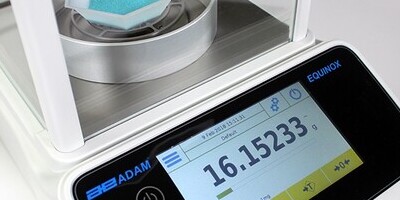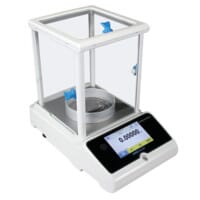
If you’re looking to purchase a laboratory balance, you’ll be seeing semi-micro analytical balances and microbalances out in the market. What’s the difference? How do they work? Ultimately, how do you make the right choice? Let’s get into it.
What are Semi-Micro Analytical Balances?
Semi-micro balances offer highly precise, 0.01mg readabilities. Their capacities are typically no higher than 100g. Analytical balances have 0.1mg/0.0001g readabilities with larger capacities, between 80 and 510g.
Adam’s and ranges both boast two models ( & , & ) that are simultaneously semi-micro and analytical balances. This function is known as dual range.
How Do Dual Range Semi-Micro Analytical Balances Work?
The dual range Equinox and Solis models provide five-place 0.00001g semi-micro readabilities up to a certain weight. After surpassing that weight and up until the balance’s capacity, they automatically switch to four-place analytical readabilities. With this ability, you can weigh a wider range of items on the same balance without sacrificing highly precise results when you need them.

Adam dual range lab balances also feature an additional function called floating range. Floating range allows for the use of heavier containers to weigh samples while still receiving five-place results. Learn more about floating range and its benefits in our recent blog here.
What are Microbalances?
Microbalances are extremely precise, particularly sensitive balances with average capacities running about 22g and readabilities as fine as 0.000001g (1 microgram, aka 1µg). Ultra-microbalances, an even rarer subcategory, can feature capacities as low as 2.1g, with 0.1µg readabilities.
They’re it – the finest readabilities offered commercially. If you’re in an industry that requires insane levels of precision, there is literally no higher step up. However, with that level of precision comes some significant drawbacks.
First, their sensitivity. Microbalances are more susceptible to environmental factors than any other type of balance, including:
- Electro-magnetic fields
- Static electricity
- Vibrations
- Air currents
- Temperature changes
- Dust and other small particulate matter
That can be quite frustrating because you must take a lot of precautions to ensure your results are reliable and not under any environmental influence. For example, even leaning your arm down on the surface your microbalance is sitting on could cause fluctuations. It takes a high-operator skill to be able to utilise a microbalance effectively.
Secondly, the expense. Microbalances can cost several thousands, while ultra micro balances can reach as much as twenty thousand. However, you get what you pay for, as many microbalances are fit with environmental protections to try and minimise their influence. They’re typically equipped with built-in ionisers, draught shields and anti-static glass.
Common Uses for Both Types of Balances
Microbalances and semi-micro analytical balances are used for the same things, with different levels of precision:
- Pharmaceuticals – For research as well as quality control. Medicine doses are such that the tiniest increase or decrease of chemicals can impact efficacy.
- Laboratories – Measuring chemicals and other substances for testing and reactionary purposes. Sometimes, less is more.

- Forensics – From hair follicles or residues to the fibers of fabric, even the most minute evidence counts.
- Manufacturing – For when it’s crucial that every product is created perfectly up to standards.
- Environmental Science – Measuring the amount of airborne particles that collect on filters that could impact human and environmental health
So, How Do You Know Which Balance to Choose?
Consider the average weight of items you’ll need to weigh regularly, as well as the number of decimal places required for your data.
If you truly need that level of precision, microbalances and ultra micro balances are the only options that provide results in six or seven decimal places. They can only weigh 20g or less at a time, but if all your items are below 20g anyways and you can manage the environmental factors effectively, a microbalance may be worth it.

Otherwise, combination semi-micro analytical balances like the Equinox and Solis models boast more versatility, with both five-place and four-place results as well as higher capacities – two balances for the price of one! Plus, work becomes much more efficient for laboratories performing varied tasks in sequence. No switching back and forth between machines!
Still wondering which is best for you? Contact the Adam team, we’ll be happy to help.



